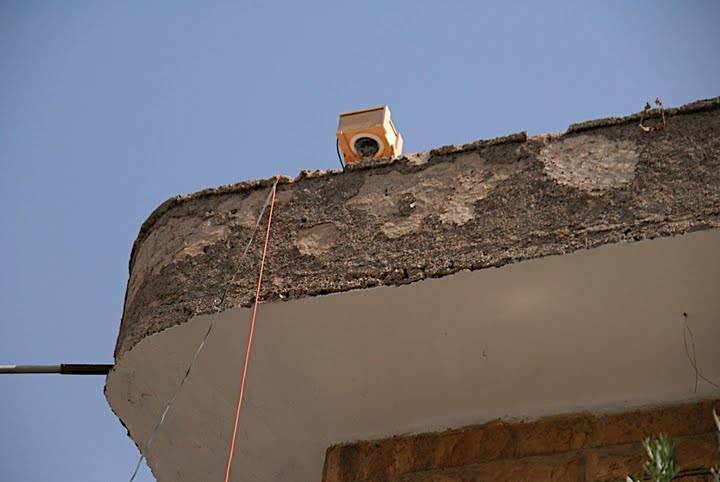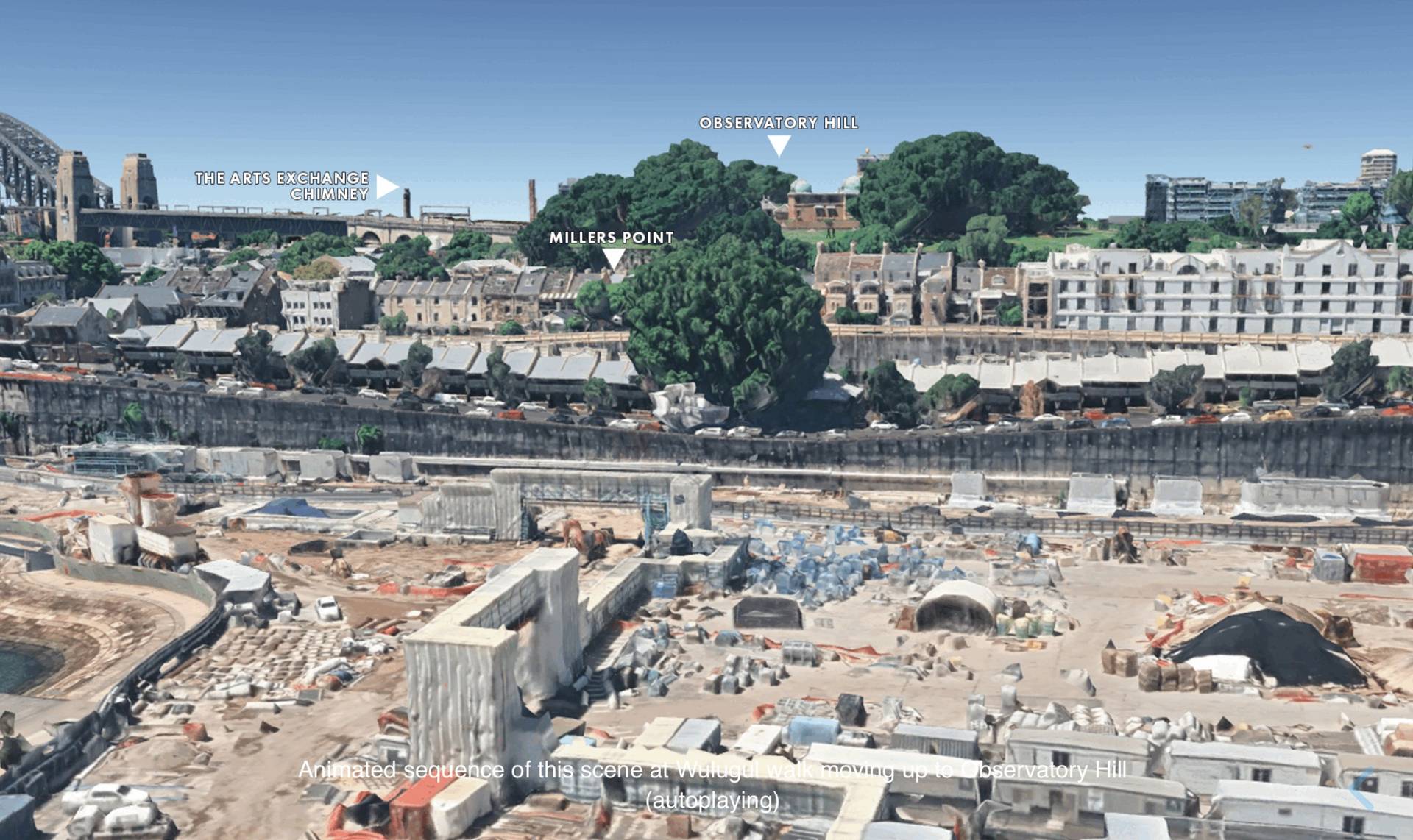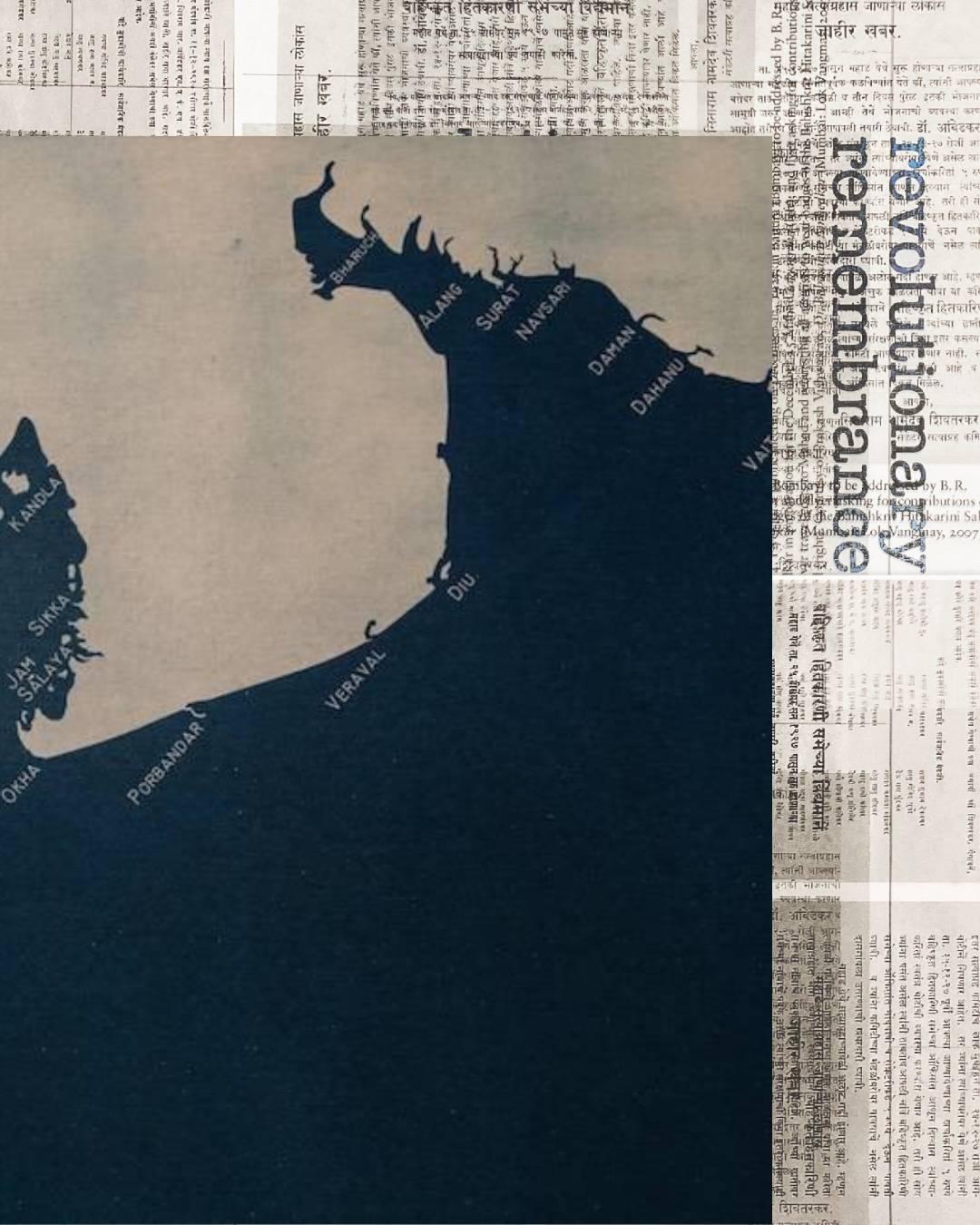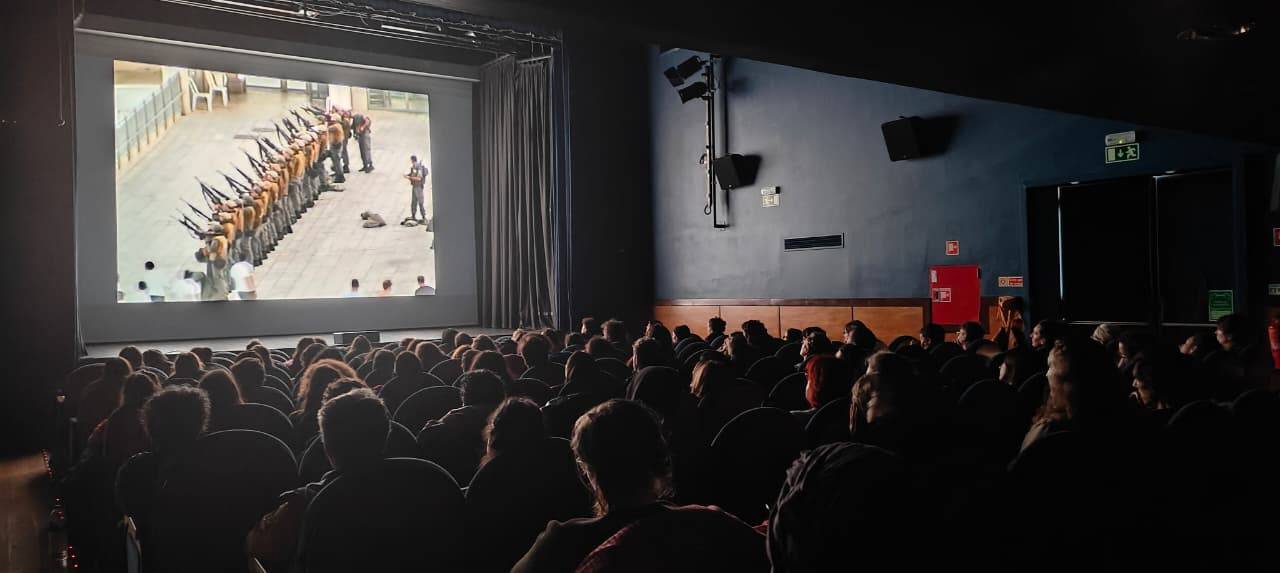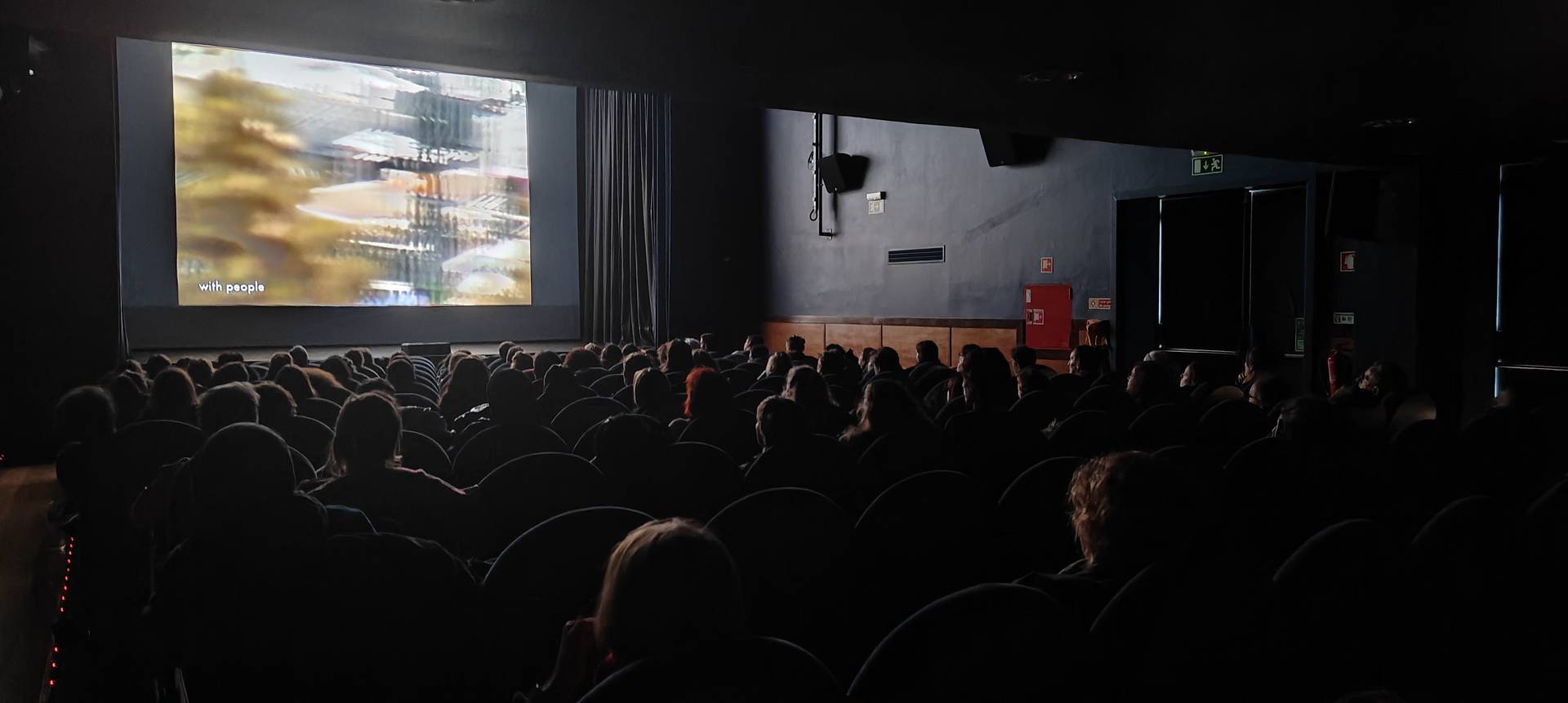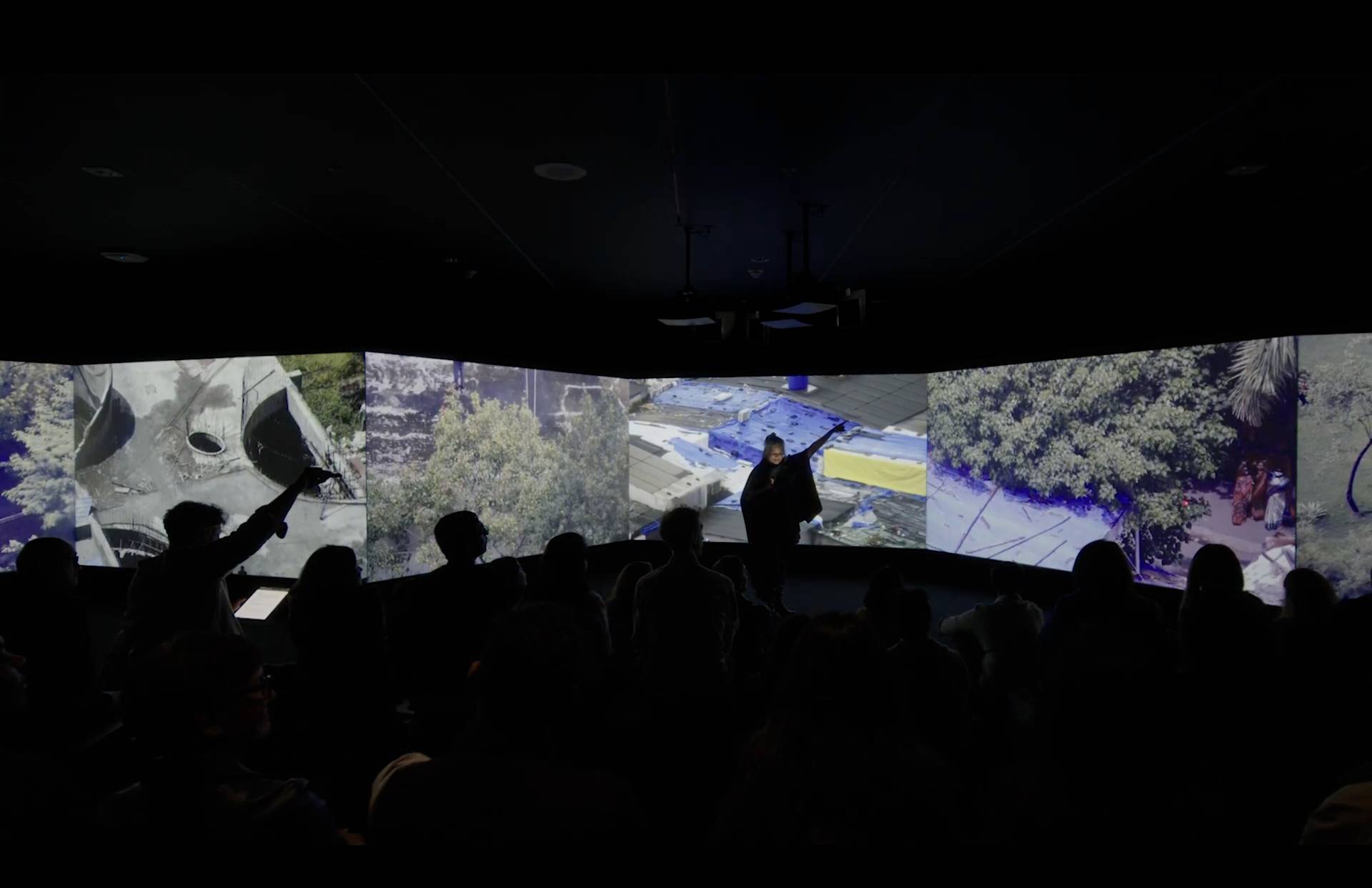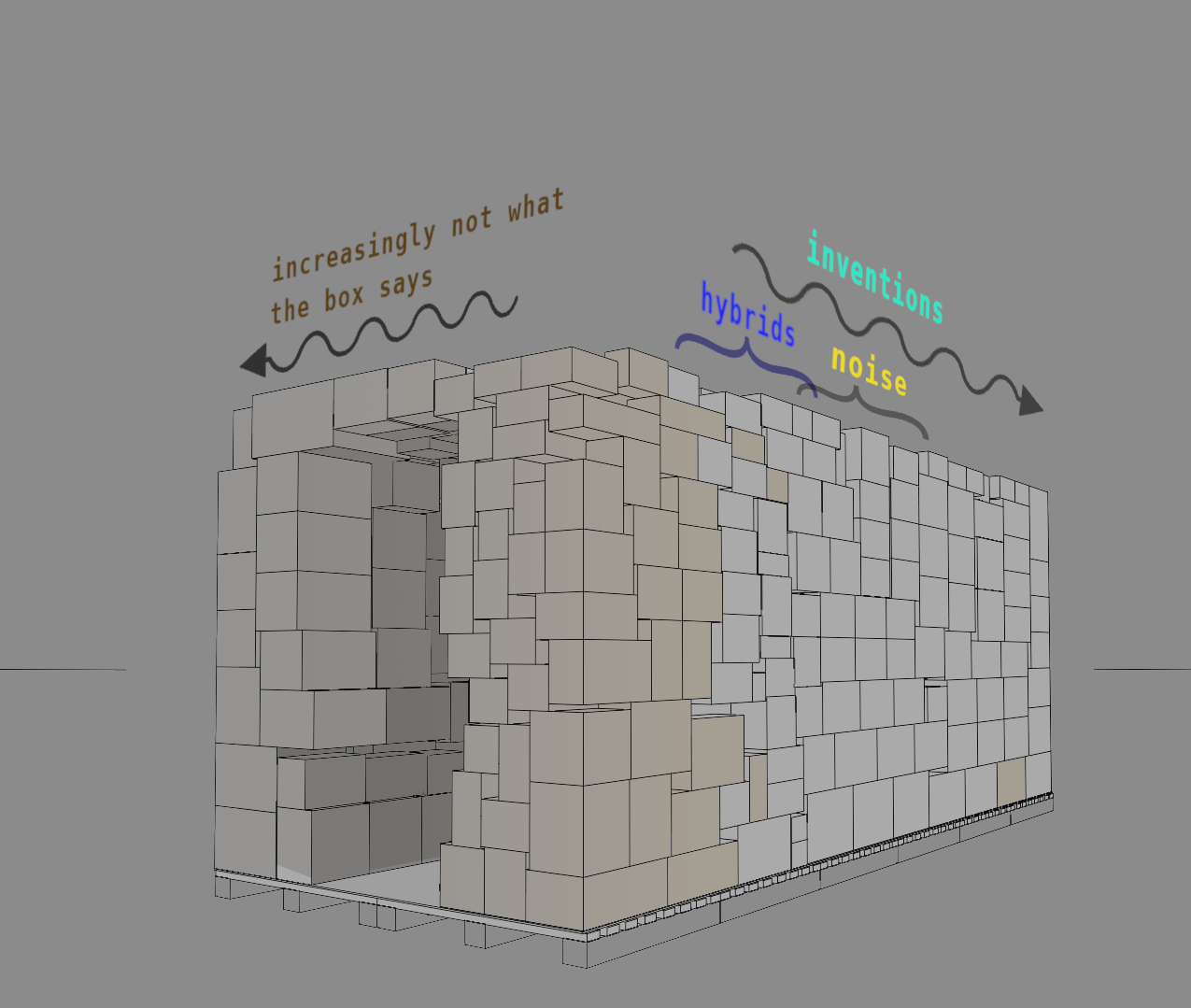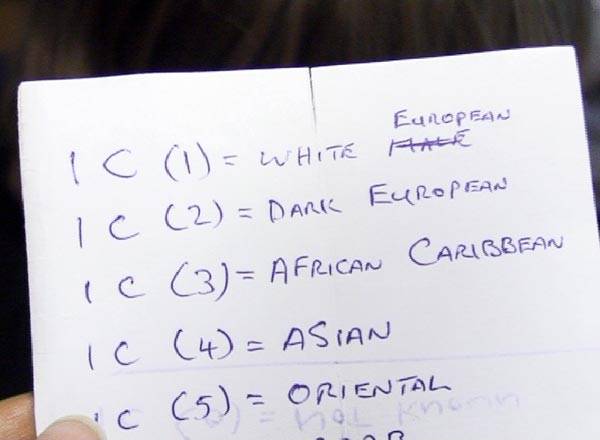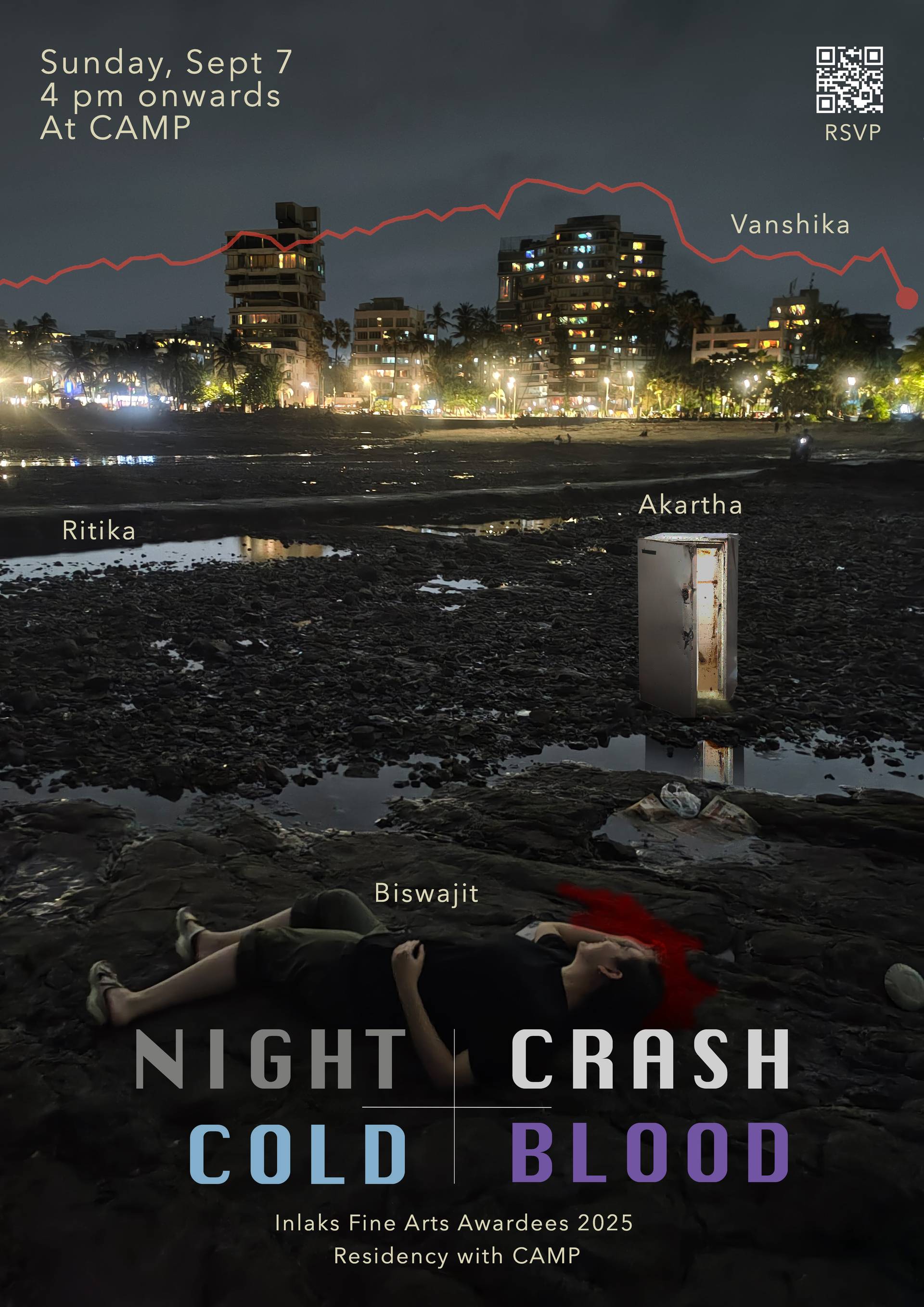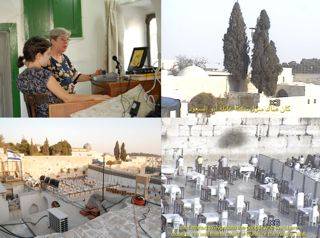
CAMP 2X2
Jan. 30, 2010 - Feb. 1, 2010
Presenting four projects CAMP has been doing this past year, away from home-base in Bombay. The presentations are in sets of two, setting up some relationships between them, and between "local" contexts, whether in Gujarat or Palestine. These projects took place in Sharjah, Delhi, Jerusalem, and London. All of them are ongoing, in different ways, and part of our aim here is to show why, and to share our future plans.
Saturday and Sunday, January 30-31, 2010
6:30 pm. sharp
at CAMP studio.
Day ONE, January 30, 2009. 6:30- 9:30 pm.
1. Wharfage:
A book, and a radio event, on a port.
Perpendicular to the concept and the reality of Somali "piracy" is the back-and-forth movement of oversized wooden ships between the UAE and various ports in Somalia. These ships carry daily goods, dentists chairs, baby clothes, macaroni, cars and a thousand other things, as "break-bulk" cargo. On the way back, they are either empty, or they carry charcoal. Somalia is a magnet for such trade despite, and partly due to its internal wars, where competing "semi-states" do not impose a conventional customs regime. In this sense, Kismayo, Berbera, Bossaso and Mogadishu are "free ports", connecting overland to Kenya and Ethiopia, producing a mirror of the Dubai and Sharjah "duty-free", as well as of Free Trade Zones being set up in other countries. Clearly, these operations of Somali ports are crucial to the daily lives of a large number of people living in conflict. The majority of the boats and their crews, we find, come from twin towns in Gujarat: Mandvi Salaya and Jam Salaya, which have been building wooden dhows, and sailing the Arabian sea, for centuries.
Invited by the Sharjah biennale, CAMP undertook reasearch that, instead of "mapping" this movement in a conventional sense, paid close attention to the peculiar conditions at Sharjah creek. Here Gujarati crews, Iranian shopkeepers, loaders from Dera Ghazi Khan in Sindh and Sikh truckers were talking to each other in a common language: Hindustani. Also here, in the throes of the economic crisis, brisk business was being conducted. Around the same time, the Dubai dhow port announced plans to stop international dhow traffic, citing security fears and also problems with implementing UN sanctions on Iran.
The project then evolved in two ways:
1. We obtained 15 months of customs records of all traffic and goods going to Somalia and coming back. This data, translated from Arabic and organized using a custom-built web application, was printed with essays and other accounts, as a book.
(download book in .pdf format http://camputer.org/resources/wharfage.pdf )
2. We did four days of FM radio transmissions from the docked MSV Nazre Karam, which brought many of the people working in and around the port (upto 5km) into a rare "free zone" of expressivity, music, and reception.
Wharfage won the jury award at the Sharjah Biennale 2009.
Later this year we have initiated research trips to Salaya, have ongoing conversations with shippies and scholars working on sea trade, and are planning the next phase of the project. This will include a new multilingual publication, and a new manifestation, for which preliminary approaches will be discussed.
The presentation includes:
• The port, the people, the states. The "goods themselves". The list/database as form.
• Scenes from the radio event. Radio lessons: from restrictions to "permissions", and back.
• Images and findings from two recent visits to Jam Salaya.
60 minutes, followed by discussion.
2. Motornama Roshanara.
If you got off the metro at Pulbangash station in early December 2008, you could find a rickshaw-walla who would take you on an hour-long trip through Roshanara Road, and the old Grand Trunk Road, with frequent detours to twelve or so sites of "motor history". These places included the metro wall where factories once thrived, a cotton mill in a house, the unused 800-seater Palace cinema, a dhaba outside Delhi flour mills, an ice-factory, a printing press, a clock-tower, still-surviving motor repair shops, and so on. Along the way, if you showed interest, a stop at the rickshaw-wallas "home" in one of the lanes of the seed market.
There are an estimated 900,000 ricksha-wallas in Delhi, a number that has risen from barely 20,000 in the late 1970's. This curve overlaps another, differently-shaped one, of the growth and decline of the mechanised industries within the city. The 1996 and 2000/2001 "pollution" rulings and the 2006 "sealing" drive cumulatively ended the Roshanara area's golden period as a central transport hub, industrial and repair centre, and changed the neighbourhood and the confidence of its residents, enormously. The "motor" of capital has moved elsewhere. How has the rickshaw-wallas relationship to this environment changed, over the years?
The new acceptance of rickshaws by courts, transport planners and environmental advocates as legitimate and "non-polluting", does not answer many of the questions by ricksha-wallas about where they can live, work and eat. About 20,000 in the Roshanara area alone come from one district, Gonda in UP.
So it is not that the rickshaw has emerged plainly victorious over the displaced chakkis, pahiyas and bearings of modern transport and industry, and it is not that the newer migrants have overcome the enormous gulf between them and the residents (older migrants) of this part of Delhi. But there is a feeling of reduced distance, a sense of mutual fragility and shared futures, that this project tried to enter.
The project involved 22 rickshaw-pullers, with whom we are planning a phase-two, which may result in a long-term presence in and around Pulbangash. This project was first presented as part of the 48C Public, Art, Ecology festival in Delhi.
The presentation includes:
• Motornama Roshanara, a film on the tour. 50 min.
followed by discussion.
DAY TWO. January 31, 2009. 6:30- 9:30 pm.
3. The Edgware Road project
An archiving and "printing" project, based on work in Edgware Road, a predominantly Arab street in London.
CAMP
is involved in a 2-year web-based archiving and "print-from-web"
project, linked to its own investigation of landscapes of commerce and
pleasure in this part of London. CAMP had a "main street" approach here, because we felt that many of the tensions here around
immigration, identity and conflict with authorities were related to the
pull of entrepreneurial activities on the road, and the character of
the road itself. As part of the first "block study", we investigated
several buildings and their ownership and use histories.
One story
that we present here is a chronology of 51-53 Edgware road, which used
to be a newsreel theatre, and then the Gala Royal cinema, showing
"continental" films and then adult films. In 1980 it was taken over by
an Egyptian businessman (at a time when there was very little Arab
presence) and converted into an Arabic Centre, which included at
various times an Egyptian film club, the first Arabic video shop and
distribution label, belly dancing and music in the cinema hall, a
library, an Arabic newspaper store, a hair salon and an Arabic
nightclub. The Centre had a brief life, but served as one of the
"orientation" points for incoming Kuwaitis, Saudis, Iraqis and others,
both oil-rich and working-class. The story is, loosely speaking, a bit
as if a Nigerian entrepreneur were to take over one of Mumbai's
decrepit single-screen cinemas, and turn it into a commercial centre
for "African Culture". This obviously leads to a whole range of
conflicts and contradictions, which in the Edgware Road case, still
resonate today.
The web-based part of the project is
collecting information from various such "studies", conducted by us and
others, which then pass through an editorial committee formed with
people from the street, and are published in a number of physical forms.
This is an ongoing project, as part of the Serpentine Gallery's Public
Program.
The presentation includes:
• The Arabic Centre, 1981- 1989. 30 minutes.
• Glimpses from the website backend archive, editorial process, software.
• Discussion of forms of "publication": placemats, tabloid, video screenings.
4. Al jaar qabla al daar (the neighbour before the house):
A CAMP project in Al-Quds/ Jerusalem.
“The Neighbour before the House” is a series of CCTV video probes into the
landscape of East Jerusalem. In seven different "episodes", residents
view nearby archeological digs, their own recent homes, the wall, both
near and far settlement activity, and other mundane-seeming details of
the slow and deliberate occupation of East Jerusalem. Shot with a
security camera, these videos suggest that before and after
instrumental "surveillance", there is jest, memory, desire and fear
that pervades the project of watching. Especially here.
Often the images will lead the commentary. At other times, the
narrative spills out first, and the live commentator / camera operator
seeks a nearby image that might speak for it. In this way, through the
film, Palestinian residents evaluate what can be seen, and speak about
the nature of their distance from others.
The presentation includes:
• A 35-minute film.
• Notes on the neighbourhoods of East Jerusalem: 20 mins.
• Discussion.
Invited respondents: Nancy Adajania, Kaushik Bhaumik, Shuddhabrata Sengupta, Nishant Shah.
Schedule
Day ONE, Saturday January 30, 2009.
6:30- 9:30 pm.
1. Wharfage:
• The port, the people, the state. The "goods themselves". The list/database as form.
• Scenes from the radio event. Radio lessons: from restrictions to "permissions", and back.
• Images and findings from two recent visits to Jam Salaya.
60 minutes, followed by discussion.
2. Motornana Roshanara:
• Motornama Roshanara, a film on the tour. 50 min.
followed by discussion.
Day TWO, Sunday January 31, 2009.
6:30- 9:30 pm.
3. The Edgware Road Project:
• The Gala Royal and the Arabic Centre, 1961- 1989. 30 minutes.
• Glimpses from the website backend archive, editorial process, software.
• Discussion of forms of "publication": placemats, tabloid, video screenings.
4. Al Jaar Qabla Al Daar (the Neighbour before the House):
• A 40-minute film.
• Notes on the neighbourhoods of East Jerusalem: 20 mins.
• Discussion.
Both events at CAMP.
